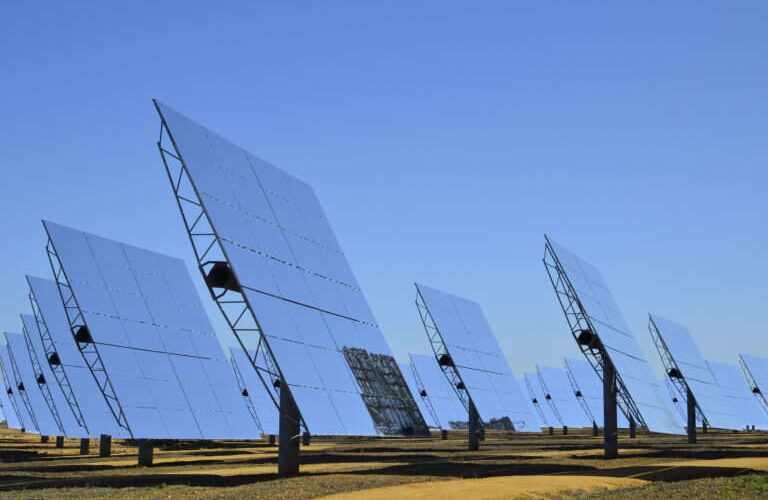In the quest for a sustainable and resilient energy future, distributed energy storage system (DESS) have emerged as a revolutionary technology. As we navigate the complexities of a rapidly evolving energy landscape, the integration of decentralized storage solutions is becoming increasingly critical. This blog explores the concept of Distributed Energy Storage Systems, their significance, and how they are transforming the way we generate, distribute, and consume energy.
Understanding Distributed Energy Storage Systems:Distributed Energy Storage Systems (DESS) encompass a diverse range of technologies designed to store and manage energy at a local level, rather than relying solely on centralized power plants. These systems store excess energy produced during periods of low demand and release it when demand is high, providing a more efficient and flexible approach to energy management.Key Components and Technologies:
Battery Storage: Battery technology is a cornerstone of DESS. Lithium-ion batteries, in particular, have gained prominence for their high energy density, long cycle life, and rapid charge-discharge capabilities. Other emerging technologies, such as flow batteries and solid-state batteries, are also making strides in improving storage efficiency and safety.Smart Grid Integration: DESS relies on advanced control systems and smart grid technologies to optimize energy distribution. These systems enable real-time communication between energy producers, consumers, and storage units, allowing for seamless coordination and balancing of the energy grid.Renewable Energy Pairing: DESS plays a crucial role in mitigating the intermittent nature of renewable energy sources, such as solar and wind. By storing excess energy generated during peak production periods, DESS ensures a consistent and reliable power supply, even when the sun isn’t shining or the wind isn’t blowing.
Grid Resilience: DESS enhances grid resilience by providing backup power during outages and stabilizing the grid against fluctuations in demand and supply. This decentralized approach reduces the vulnerability of the energy infrastructure to single points of failure.Peak Demand Management: DESS helps manage peak demand by storing excess energy during off-peak hours and releasing it during high-demand periods. This not only reduces strain on the grid but also minimizes the need for additional power plants to meet peak demand, resulting in cost savings and environmental benefits.Carbon Emission Reduction: The integration of DESS promotes the use of renewable energy sources, reducing our dependence on fossil fuels and, consequently, lowering carbon emissions. As the world strives to address climate change, DESS emerges as a key player in achieving a more sustainable energy mix.
